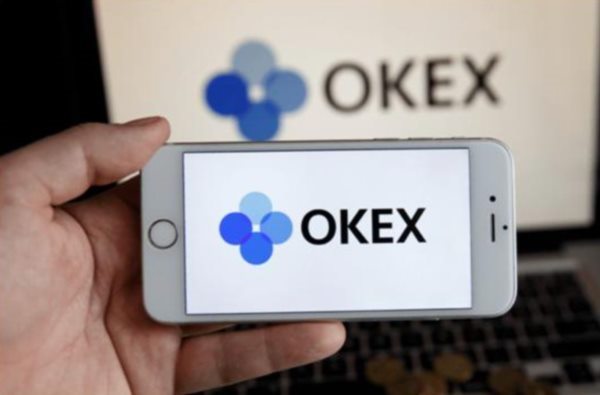时间:2024-07-22|浏览:209
为了收回用于偿还债权人的资金,破产的加密货币借贷机构 Celsius 起诉了数千名在平台申请破产前 90 天内从平台撤出资产的前客户。
这是破产程序中一种标准但鲜为人知的做法。尽管如此,涉案资产是加密货币,这一事实可能成为被告的潜在救命稻草,其中许多人因小额财富而被起诉。
Loeb & Loeb 破产律师 Noah Weingarten 向DL News
表示: “加密案件中存在一些独特的问题。”
例如,客户存款是 Celsius 的财产,还是客户的财产?
他说:“如果它不是(Celsius破产)财产,那么人们应该能够得到潜在的良好辩护。”
该银行在巅峰时期曾拥有 250 亿美元的资产,如今陷入困境,这些诉讼是该银行的最新进展。
现在,其创始人兼前首席执行官亚历克斯·马辛斯基 (Alex Mashinsky) 因涉嫌操纵市场和违反联邦证券法而面临刑事和民事指控。
他的审判定于今年秋天进行。
Celsius 拒绝对此事发表评论。
“不知情的投资者”
在 2022 年震惊整个行业的一系列破产事件中,Celsius 是最著名的破产加密货币公司之一。
根据去年 7 月提交的一份长达 46 页的起诉书,马辛斯基将 Celsius 宣传为“现代银行”,客户可以安全地存入加密资产并赚取利息。
检察官表示,事实上,马辛斯基将这项投资作为“风险投资基金”进行管理,并将客户变成“不知情的投资者”。
去年,数千名 Celsius 曾经的客户投票通过了一项商业计划,旨在重新分配这家破产银行留下的 20 亿美元加密资产——占该平台上被困资金的 67% 至 85%。
该计划包括指示公司寻求其他途径收回资金,然后将其分配给债权人。
“创造公平的竞争环境”
今年 1 月,该公司开始寻求所谓的优先索偿权,即在破产前 90 天内从 Celsius 进行的任何总额达 10 万美元的转账。
温加滕表示:“其目的是为无担保债权人提供平等的竞争环境。”
根据美国法律,公司在正式申请破产之前就被假定已经破产。
因此,在申请破产之前进行的任何提款实际上都让一些债权人以牺牲其他债权人利益为代价逃避破产程序。
“几乎每一起破产案都会出现这些优先权要求。这很常见,”温加滕说。“从某些方面来说,这些要求是有道理的,但从其他方面来说,这些要求就有点不公平了。”
Customers who pulled their crypto just before Celsius filed for bankruptcy were initially offered the opportunity to settle: first, for 27.5% of the value of the crypto they withdrew during the 90-day lookback window, then for 13.75%. Those values were to be determined at the price of customers’ crypto on the 2022 transfer dates.
Celsius has settled with some 1,500 customers who withdrew more than $100,000 in crypto 90 days before the company’s bankruptcy filing, it said in a press release.
‘Scare tactic’?
Since July 1, however, it has sued thousands more who ignored, missed, or baulked at the proposed settlement.
In those lawsuits, Celsius is now demanding customers repay the full value of any crypto withdrawn in the 90 days before July 13, 2022 — at June 14, 2024 prices.
The market capitalisation of crypto has increased 164% to more than $2.5 trillion between Celsius’ bankruptcy filing and June 14, according to CoinGecko.
In that span, Bitcoin and Ether have increased about 226% and 212%, to more than $66,000 and $3,400, respectively.
This is a very different approach than the one adopted by the bankruptcy team at FTX, the collapsed crypto exchange once spearheaded by convicted fraudster Sam Bankman-Fried.
When it detailed its plan to repay creditors earlier this year, FTX insisted that returning the value of crypto as of the time of the bankruptcy filing was a “bedrock of bankruptcy law” and the only fair way to share recoveries.
In a video shared on X, FTX creditor Louis Origny said he thought Celsius’ demand was a “scare tactic.”
Defences
Sued Celsius customers have a couple avenues of defence to pursue — apart from quibbling about who really owned the assets.
For example, they can argue the withdrawals were made in the ordinary course of business.
A landlord who receives a rent payment from a tenant who filed for bankruptcy less than 90 days later could assert a so-called objective ordinary course defence, Weingarten said.
Whether that will protect former Celsius customers will depend on a couple factors.
Those factors include the “language of the customer agreement, the length of the relationship the customer had with the debtor, and the nature and number of withdrawal transactions made by the customer,” Weingarten wrote in an article in the New York Law Journal.
Another alternative is to rely on the bankruptcy code’s protection of certain transactions involving securities — ironic, given the industry’s vehement opposition to that classification.
“While certain regulators have suggested that some crypto assets are, in fact, securities, no court has weighed in on the issue in this context,” Weingarten wrote. “Accordingly, and for other reasons, application of this defence is unsure.”
Aleks Gilbert is DL News’ New York-based DeFi correspondent. You can contact him at aleks@dlnews.com.




![[约翰逊]律师称,吉尔戈海滩杀手的妻子可能在谋杀期间就在城里](/img/20240205/3418423-1.jpg)
![[加密365]Coinbase 在 SEC 诉讼中被全面驳回的可能性为 70%——诉讼分析师](/img/20240124/3290597-1.jpg)



